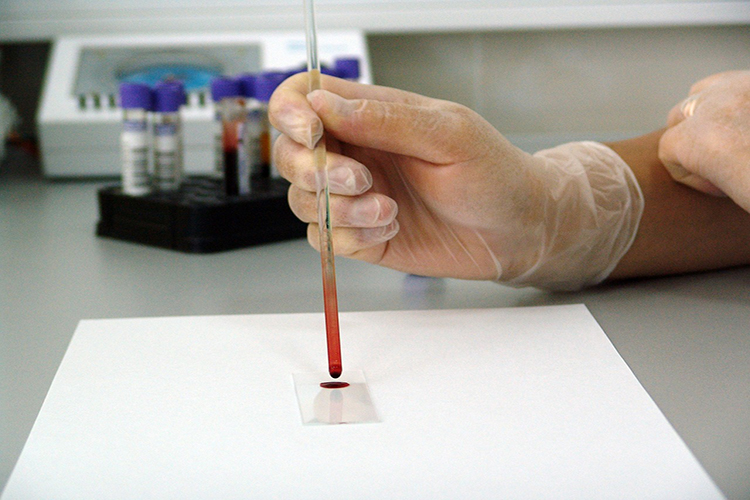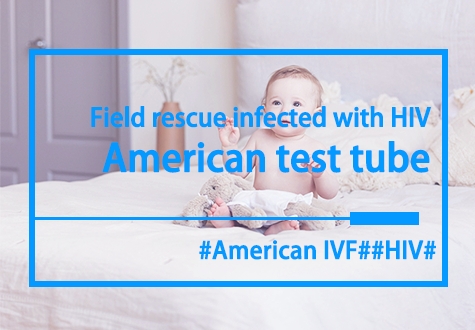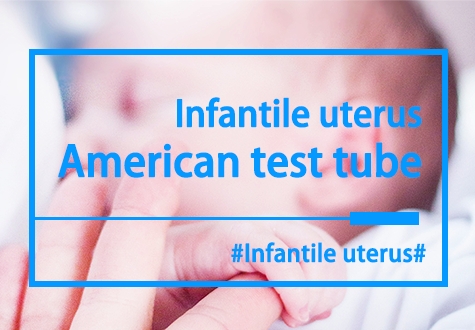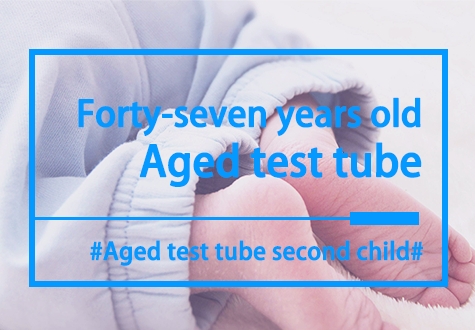The third generation test tube is different from the first and second generation test tube
The third generation of test tubes and the first and second generation of test tubes are mainly different in technical principles, application scenarios, success rates and other aspects. Xiaobian will take you to a deeper understanding of the difference between the third generation of test tubes and the first and second generation of test tubes.

The development of IVF technology
Ivf technology, also known as in vitro fertilization-embryo transfer technology, is a process in which sperm and eggs are artificially combined outside the body to form a fertilized egg, which is then transferred to the woman's uterus to develop into an embryo. Since the birth of the world's first IVF in 1978, IVF technology has experienced three generations of development.
The first generation of IVF
The first generation of test-tube technology, that is, routine in vitro fertilization-embryo transfer technology (IVF), is the earliest IVF technology. This technique is mainly suitable for infertility caused by fallopian tube problems in women and low sperm quality in men. In IVF, doctors mix the woman's egg and the man's sperm in a petri dish, allowing the sperm to naturally penetrate the egg to fertilise it. The fertilized egg is then cultured outside the body to the blastocyst stage and transplanted into the woman's uterus for development.
Second Generation Test Tube Technology (ICSI)
The second generation of test tube technology, that is, intracytoplasmic sperm microinjection (ICSI), is developed on the basis of the first generation of test tube technology. This technology is mainly suitable for male infertility caused by severe oligospermia, weak spermia, azoospermia, etc. In ICSI, doctors use micromanipulation techniques to inject a healthy sperm directly into the cytoplasm of the egg to complete fertilization. This method can greatly improve the success rate of fertilization and provide more fertility opportunities for male infertile patients.
Third generation Test Tube Technology (PGD/PGS)
The third generation of test-tube technology, preimplantation genetic diagnosis/screening (PGD/PGS), is based on the previous two generations of technology. This technology is mainly suitable for situations where there is a risk of genetic diseases or elderly pregnant women need to reduce the risk of genetic diseases. In the PGD/PGS process, doctors perform genetic screening on embryos before they are implanted into the mother to see if they carry genes for genetic diseases or chromosomal abnormalities. By screening healthy embryos for transfer, the risk of genetic diseases can be greatly reduced and the success rate of IVF can be improved.
The difference between the third generation test tube and the first and second generation test tube:
1. Technical principle: The first generation of test tube technology mainly relies on the natural combination of sperm and egg; The second generation of test-tube technology uses micromanipulation techniques to inject sperm into the egg; The third generation of test-tube technology carries out genetic screening before implantation.
2. Application scenario: The first generation of test tube technology is suitable for infertility caused by female fallopian tube problems and low quality of male sperm; The second generation of test tube technology is mainly suitable for male infertility caused by severe oligospermia, weak spermia, azoospermia, etc. The third generation of test tube technology is suitable for situations where there is a risk of genetic diseases or elderly pregnant women need to reduce the risk of genetic diseases.
3, success rate: Because the third generation of test tube technology for genetic screening, so its success rate is relatively high, can reduce the risk of genetic diseases. However, the specific success rate needs to be evaluated according to the patient's age, physical condition and other factors.
There are significant differences between the third generation test-tube technology and the first and second generation test-tube technology in technical principles, application scenarios and success rates. Patients in the choice of IVF technology, should be based on their own circumstances and doctors recommendations for comprehensive consideration. At the same time, with the continuous development of medical science and technology, it is believed that there will be more and more advanced IVF technology in the future, bringing more fertility hope to infertility patients.














